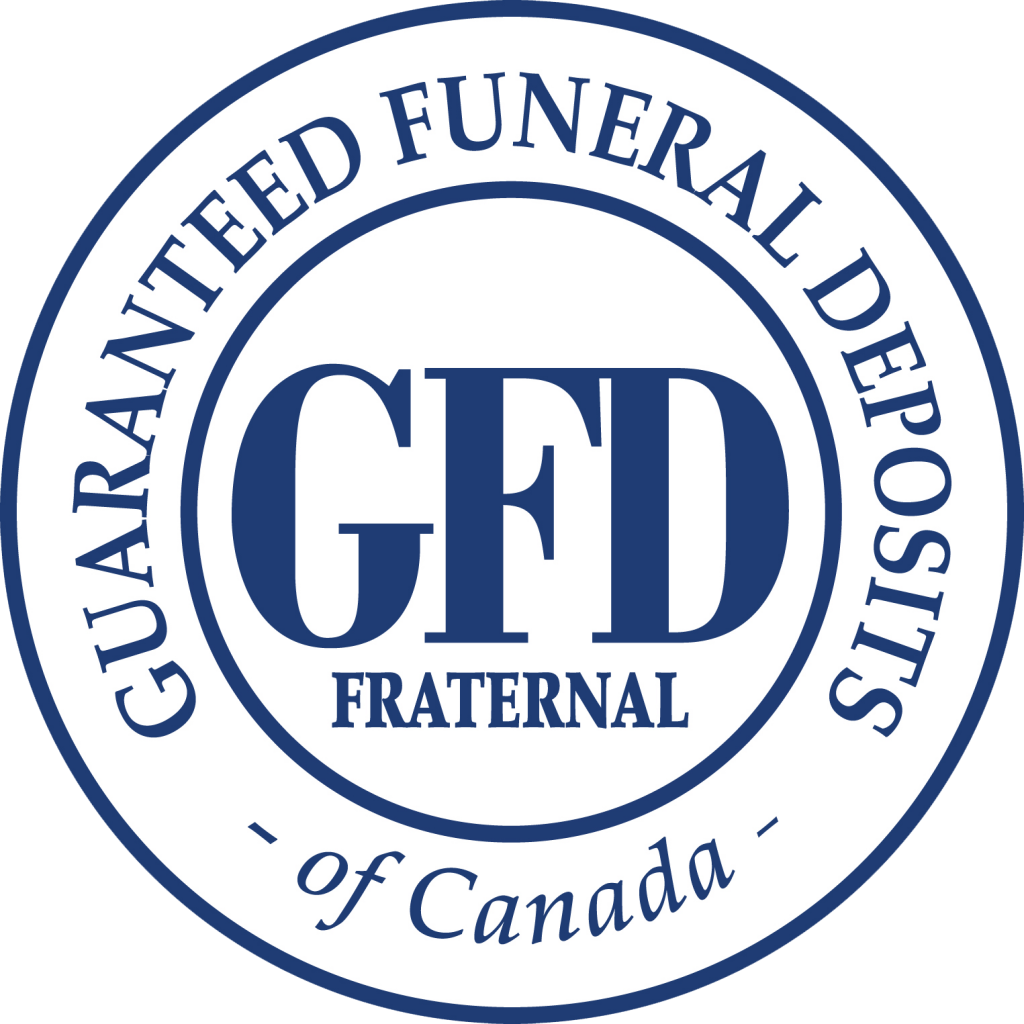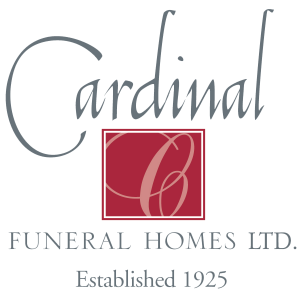- After Care – after the funeral event has been completed, this service may include helping with notification of government agencies, insurance claims, survivor benefits, and cancellation of credit cards.
- Alkaline Hydrolysis/Aqua Cremation or Bio Cremation – is the process of flameless cremation using water, alkaline chemicals, heat, agitation, and pressure inside a special chamber.
- Bio Degradable Urn – urns constructed of materials such as starch, or cloth that will gradually break down when placed in the water or ground and are environmentally friendly.
- Burial – placing the body inside a casket to be lowered into the ground in a cemetery or placed in a mausoleum.
- Burial Casket – Precious Metal or Steel – a box to be used during the service and for transportation to the cemetery and made of bronze, copper, 16, 18, 20 and 22 gauge steel. Metal caskets are not suitable for cremation.
- Burial Casket – Solid Wood – a box to be used during the funeral service and for transportation to the cemetery or crematorium and made with one type of wood specie. Typically, the bottom is constructed of non-specie wood.
- Burial Casket – Veneer Wood – a box to be used during the funeral service and for transportation to the cemetery or crematorium and made of a variety of woods, with the sides and top covered with a thin wood veneer to help reduce cost. Typically, the bottom is constructed of non-specie wood.
- Burial Vault – A large container used for ground burial to enclose the casket and help prevent the ground above from sinking. Typically made of concrete or steel with a plastic type liner.
- Can I have a Service with Cremation – Yes, all service options are available for those families choosing cremation.
- Cash Disbursements – additional costs paid by the funeral home on behalf of the family for items such as newspaper notices, clergy honorariums, funeral celebrants, music soloists, etc.
- Celebration of Life – a type of funeral service to celebrate a life, conducted at a variety of locations (click here to see a more detailed explanation of a Celebration of Life)
- Cemetery – location where the deceased is buried (interred) for ground burial and the urn is buried (interred) for ground interment or place in a niche located on cemetery property.
- Columbarium or Niche– a structure with small specially designed compartments to inter/place the urn after cremation has taken place. These can be found in cemeteries, or in some jurisdictions may be in a funeral home or a church.
- Cremated Remains/Cremains -Reducing the human body to bone fragments which are then pulverized into ash and small pieces of bone.
- Cremation – using high intensity heat inside a crematorium chamber, reducing the human body to bone fragments which are then pulverized into a granular consistency for burial, scattering, placement in a columbarium/niche or kept in the home.
- Cremation Casket – typically a hardwood or veneer wood product with an interior and wood bar handles, usually designed to be fully combustible.
- Cremation Container – typically a wood box made from particle board or cardboard with no or minimal interior and rope handles.
- Cremation Jewellery – specially designed jewellery pieces usually with some sort of chamber that holds a very minimal amount of cremated remains.
- Cremation Keepsakes – significantly smaller versions of a full size urn. Families may then divide the cremated remains into smaller portions for all family members to receive a partial amount of the cremated remains.
- Crematorium – the place where the deceased is reduced to ash and bone using intense heat.
- Direct Cremation/Immediate Cremation/Simple Cremation – when the deceased is taken to the crematory for cremation without having any prior services or visitation periods.
- Documentation – your local funeral provider will complete the necessary contract, government, municipal and cemetery or crematorium paperwork for the final disposition of the deceased.
- Donate my Body to Science – a final disposition option selected by individuals who wish to donate their body to a medical science program for analysis followed by cremation.
- Donation – money donated online or by cheque at the funeral home in memory of the deceased to a charity of their choice if known.
- Dove/Butterfly Release – as part of funeral service, doves or butterflies are released to remember the life that was lived.
- Eligible Funeral Arrangement – A contract or contracts with specified businesses for pre-planned funeral, cemetery and/or cremation services which Canada Revenue Agency permits to grow on a tax-free basis. Conditions and limitations apply.
- Embalming/Preparation of Remains – is the process of disinfecting, restoring and preserving human remains with a variety of chemicals to delay decomposition prior to a visitation or funeral service.
- Event/Reception Centre – in today’s funeral service, a number of funeral providers have designed and built specially designed buildings to hold a variety of after the funeral events.
- Final Disposition – what happens with the body after death including burial, cremation, alkaline hydrolysis or entombment.
- Flowers – a traditional component of a funeral service, sent with condolences in a variety of flower types and designs.
- Funeral – associated with a ceremony for family and friends to come together to remember the deceased prior to the choice of final disposition such as burial, cremation, alkaline hydrolysis or entombment.
- Funeral Arrangements (Burial or Cremation) – working with a funeral provider, the required and necessary detailed steps taken to arrange a funeral and the final disposition details along with the signing of a funeral contract and required paperwork.
- Funeral Celebrant – a person specially trained to preside at and help guide families with developing a funeral service or final funeral event such as a Celebration of Life, Memorial service or post funeral events such as a party/dinner etc.
- Funeral Director – a person specially trained and licensed to help guide families through the process of making funeral arrangements leading to the final disposition of the body.
- Funeral Director’s Certificate (or Funeral Director’s Proof of Death) – a document issued by a licensed funeral provider that confirms basic details such as the name of the deceased, date and place of death. This document, in many jurisdictions, is accepted by various agencies and financial institutions in place of a government issued death certificate, for certain estate related purposes.
- Government Funeral Benefits – government death benefits including the Canada Pension Plan (CPP) death benefit. Check with your local funeral provider for other financial death benefits you may qualify for.
- Graveside Service – a service conducted at the graveside when burying the casket or urn at a cemetery.
- Green Burial – the process of allowing a body to be buried without chemicals or container that inhibits natural decomposition, generally in a specially designated property.
- Grief/Grieving – the human reactions and feelings relating to the death of a family member of friend.
- Headstone/Marker – the stone or marker placed upon the grave in a cemetery.
- Hearse – specially designed vehicle used to transport the deceased from the funeral home or church to the cemetery or crematory.
- Interment – placing the deceased in the ground at a cemetery or in columbarium or niche wall after cremation has taken place.
- Lead or Clergy Car – a vehicle used to lead a funeral procession, perhaps transporting the clergy and funeral staff, and may also be used for administrative functions.
- Limousine – specially designed vehicle to carry multiple family members and friends before, during and after the funeral event.
- Mausoleum – a larger building with a number of specially designed sections for the entombment of a body above ground.
- Medical Certificate of Death – a document required by the Vital Statistics act which verifies the date, location and cause of death, and is required to be completed by a physician or coroner.
- Memorial Service – very similar to a funeral service, except that in most instances the body is not present for the service.
- Memory Collage – pictures and images attached to a Memory board to form a collage of visual memories.
- Official Death Certificate – a legal document confirming the death of an individual, and various statistical information, and issued by a Province, State or Nation.
- Pre Pay your Pre Planned Arrangements – making a single or multiple payments by trust or insurance to ensure the cost of your funeral is paid for prior to your death.
- Pre Planning/Pre Arranging – prior to your death or the death of a loved one, the process of working with a funeral provider to document your final wishes for any services you would like and the final disposition of your body for use when needed.
- Private Family Gathering – visitation and/or service limited to immediate family members only. In most instances, this represents 10 or fewer people.
- Receptions or Gatherings – after a funeral or part of a Celebration of Life, family and friends join to share food and drinks.
- Rental Casket – rental caskets are used for multiple funeral services and are designed with a removable interior, typically inside a wood box which is then removed after the funeral service and delivered to the crematory. The casket shell is then re used multiple times.
- Scattering – after the cremated remains have been returned to the family, the practise of removing the container lid and scattering the cremated remains on land or water (check with your local funeral provider and/or city/town regulations on where or if you may scatter)
- Staff Services – services provided by the funeral provider including the coordination of activities such as body pick up, making funeral arrangements, attending visitation, proceeding to the cemetery or crematorium and conducting any associated ceremonies.
- Stationery or Stationery Package – may include a guest book, prayer cards, memorial stationery programs, thank you cards and bookmarks for use during a funeral service. In some cases fully custom printed and designed including photos of the deceased.
- Urn – A specially designed container, usually shaped like a vase or chest, which after the cremation has taken place, the remaining ash and bone are placed into. Materials construction may include wood, sheet bronze, plastic, glass, porcelain, cloisonné, marble, biodegradable materials, aluminum, etc.
- Urn returned from the Crematory – typically, the cremated remains are returned to the funeral provider in a temporary cardboard or plastic container.
- Urn Vault – made of plastic or metal and used to protect the urn where ground burial of the urn is selected.
- Video Tribute – a digital slide show of photographs and music in tribute to a deceased person, viewable over the internet or on a screen at a memorial event or funeral.
- Visitation/Visitation period – a period of time prior to a funeral service for family and friends to gather to share condolences and memories and in some cases view the body. Also known as a wake or paying respects.






